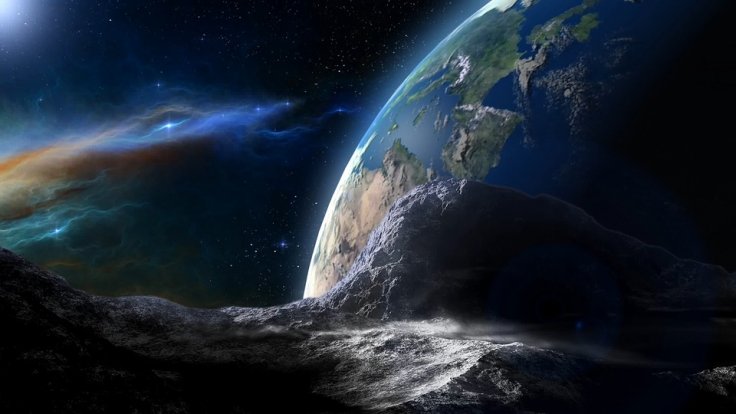
Natalie Starkey, a popular cosmochemist and author of the book 'Catching Stardust' reveals that a giant asteroid capable of devastating an entire state could hit earth within next ten years. As per Starkey, this asteroid named '1997 XF11' has the possibilities of colliding with earth in 2028 and initial analysis reveals that this rogue space body has a diameter of more than one mile.
Starkey believes that both the size and the velocity of the asteroid before the hit are two crucial factors that determine the damage on the surface of the earth.
"Space objects can be travelling extremely quickly, so even something house-sized would flatten everything in a 600-meter radius. Moving up to slightly larger objects, there is a near-Earth asteroid, 1997 XF11, which is about one mile in diameter and is set to make a close pass to Earth in 2028. In fact, initial predictions suggest it might collide with Earth in 2028," said Starkey, Express.co.uk reports.
NASA's Center for Near-Earth Object Studies (CNEOS) reveals that this asteroid is currently travelling across space at a neck-breaking speed of 31,000 miles per hour. If the space rock hits earth at this speed or more, it could trigger devastation on a global scale and will kill millions of people within a second.
NASA's CNEOS suggests that 1997 XF11 will make its close approach with the earth on October 26, 2028. As per the space agency, during this close flyby, this space body will be approximately 577,000 miles away from the earth.
If factors like gravitational keyhole will not affect the asteroid's current trajectory, it could safely whiz past the earth without causing any dangers to the planet. However, such a close flyby will provide space experts to understand more about near-earth objects and their behaviour during close approaches.
"After some careful observations scientists have, fortunately, worked out it will pass at about 2.5 times further than the distance from the Earth to the Moon," added Starkey.
Natalie Starkey had previously suggested that pre-emptive strikes could be the best option to stop a devastating radioactive rain if space agencies like NASA decide to nuke approaching asteroids that might pose a threat to humanity. As per Starkey, pre-emptive stroke means blowing up asteroids on one of its prior close-earth visits.









